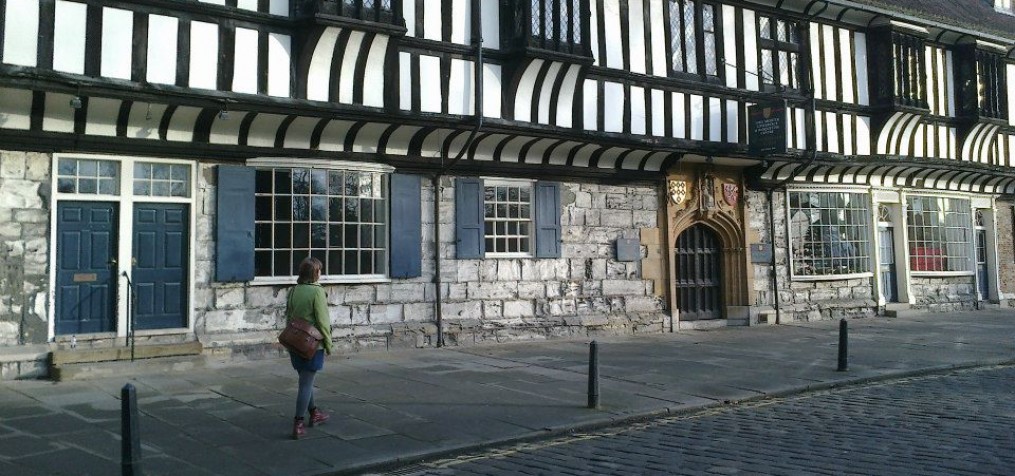As quite a few people know, it has long been a dream of mine to write some prehistoric fiction that is great and interesting and great and lovely and nice and great.
Well, the trauma that was the Master’s course I graduated from a whole year ago has finally worn off and my little brain is not quite satisfied with the wonderful, challenging, fulfilling NHS job I’ve landed for myself. HAHAHA THANKS BRAIN. I lie in bed and say to my poor, long suffering partner ‘you know what I’m thinking about? My book I’m going to write…’
And then I talk rubbish at him until finally I manage to fall asleep, only to awake having forgotten all of my brilliant plot ideas.
And plot is the least of my problems. Cause, really, we all know how a standard plot-line goes… ordinary life, big call to adventure, meeting the mentor, enemies!enemies!obstables!, big ordeal, resolution of problem with probable reward, return to home, potential room for sequel if brain not died yet.
Anyway. Enough of that. The main problem for me is the very same problem that has made me completely and utterly (yet horribly half-arsedly) determined to write this book.
I STRUGGLE WITH THE LITERATURE. I REALLY DO. I mean, the ideas I’ve been reading are FABULOUS and so exciting and interesting. But the language is dry and the prose is convoluted. If there could just be a nice, bullet point list, separated into different aspects of the things I need to know about – environment, subsistence, material culture, settlement patterns… And maybe a lovely visual timeline. Maybe some illustrations? IS THAT SO MUCH TO ASK????
Okay, I know I’m basically just saying I want to be able to write a highly accurate piece of prehistoric fiction without having to do any real research or, indeed, work. But surely you get my point? This is why there needs to be more fiction about periods of time that are slippery and difficult to articulate for even the most learned of scholars! Cause the only-mildly-learned ones like me can’t be doing with all this poncy, exclusive language!
Enough of the numbers and citations and all that! We’re all about telling stories, right, fellow archaeologists? AMIRITE? So let’s tell a really good story that everyone can enjoy!
C’mon brain, you can do it!
